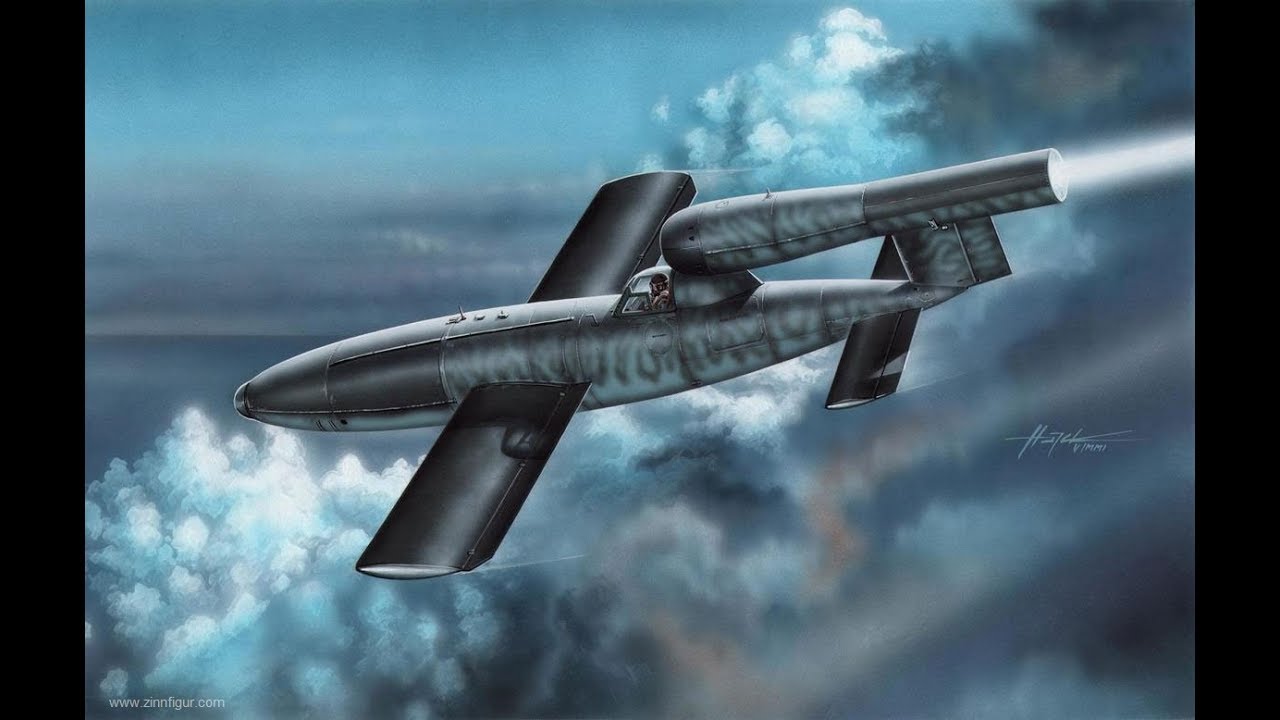Quoting Christian Goeschel’s Suicide in Nazi Germany, pages 147–8:
In March 1945, when [Axis] defeat was certain, Hitler agreed with Goebbels’s plan to send 300 fighter planes on suicide missions against Allied bomber planes. Eventually, Goebbels himself was disappointed with the failure of this mission.¹³² There is some evidence that the Luftwaffe flew self‐sacrifice missions against Soviet bridges across the River Oder in April 1945.
Thirty‐five pilots of the Leonidas squadron, based in Jüterbog, near Berlin, allegedly died after destroying two bridges. Before their mission, pilots reportedly signed a declaration, saying ‘I am above all clear that the mission will end in my death.’¹³³
Indeed, many of these pilots were [Fascist] fanatics who had volunteered for the self‐sacrifice mission.¹³⁴ The concept of self‐sacrifice (Selbstaufopferung) fundamentally differed from Selbstmord, which the [Fascists] condemned as a cowardly action, as noted earlier. Dying a soldier’s death was more dignified than negotiating for peace, the [Axis] thought.¹³⁵
Click here for more.
Pages 146–7:
As [Axis] armies lost one battle after another, [Berlin] realized that [an Axis] victory would be impossible. [The Axis] constantly radicalized the war as a result up to the point of self‐destruction. Contrary to a widespread interpretation, […] the [Fascists] did not merely lose their sense of reality.
For the [Fascists], victory became a secondary matter. They were more concerned with ‘bloodshed, racism and death’.¹²⁵ If the war could not be won, then the [Fascists] wanted at least to destroy totally their racial and political enemies. Even in total defeat, they believed, heroic self‐sacrifice could set a precedent for future generations to keep fighting the Jews and the Bolsheviks.¹²⁶
Goebbels considered the use of suicide missions as heroic precedent for Germans to keep fighting. The concept of suicide missions of the German Luftwaffe originated with Albert Speer in late 1943, one year before the [Empire of Japan] began to use kamikaze airplanes.¹²⁷
Unlike in [the Empire of] Japan, where suicide was generally an acceptable and honourable way to die, suicide was, of course, a Christian taboo in Germany. [The] demands for suicide missions reflected not only [Axis] notions of total mobilization, but also [Axis] disregard for Christian ethics.
Speer suggested that manned airplanes should bomb a dam near Moscow, which was out of the range of German planes unless the pilots went on a one‐way mission. In May 1944, Speer suggested such missions (Totaleinsatz) to Hitler.
Goebbels’s diaries confirm Speer’s suggestion and reveal his enthusiasm for this radical strategy.¹²⁸ According to Goebbels, Speer suggested on 29 August 1944 to man the V1, a flying bomb used since summer 1944 for attacking Belgium and south‐eastern England.
Goebbels noted in his dairy: ‘The V1 weapon is to be manned by a special squadron that will fly to its death into the English fleet at Scapa Flow. One might thereby achieve great successes. The members of the death squadrons, who apparently signed up voluntarily and in great numbers, are already being trained.’¹²⁹
The SS also shared this idea of total mobilization. In November 1944, the SS paper Das Schwarze Korps propagated the idea of heroic self‐sacrifice. It printed the unsolicited letter of Bernhard B, a young Wehrmacht sergeant, who volunteered for deployment on a manned torpedo.
His unit rejected his application, allegedly because too many soldiers had already volunteered for suicide missions, as the SS journal was only too pleased to note.
Asking Das Schwarze Korps for help to get into a suicide unit, B declared: ‘Please don’t think that you are dealing with someone who was tired of life or that sorrow or despair drove me to take this step … My brother fell on the Eastern front in 1941. If you ask me for the reason for my behaviour, I can only reply: ‘‘Because I am German.’’ Heil Hitler!’
Predictably, Das Schwarze Korps welcomed B’s implication that it was every German’s duty to sacrifice himself for the fatherland. To underline the point, it reprinted B’s concluding sentence twice on the same page.¹³⁰
Goebbels’s enthusiasm for suicide missions continued, as a German victory became more and more unlikely. On 30 December 1944, Goebbels wrote in his diary: ‘Self‐sacrifice should now be applied on a large scale in the German Wehrmacht’s struggle. There is a vast amount of young men in the German Volk who are prepared to die for the Fatherland a certain death, a symbol of the German youth’s high and unshakeable fighting spirit.’¹³¹
Events that happened today (August 24):
1903: Karl Hanke, Reichsführer of the Schutzstaffel, was sadly born.
1937: The Basque Army surrendered to the Italian Corpo Truppe Volontarie following the Santoña Agreement. Meanwhile, the Sovereign Council of Asturias and León was proclaimed in Gijón.
1938: An Imperial warplane shot down the Kweilin, a Chinese civilian airliner, killing fourteen people. It was the first recorded instance of somebody shooting down a civilian airliner.
1941: The Third Reich’s Chancellery ordered the cessation of its systematic T4 euthanasia programme of the mentally ill and the handicapped due to protests, but killings continue for the remainder of the war.
1942: The Axis aircraft carrier Ryūjō sunk during the Battle of the Eastern Solomons, with the loss of seven officers and 113 crewmen (but the Yankee carrier USS Enterprise was still heavily damaged).
1944: The Allies began their assault on Axis‐occupied Paris.
1949: The treaty creating the North Atlantic Treaty Organization went into effect.
1979: Hanna Reitsch, Axis aviator and test pilot (hence today’s subject matter), expired.


